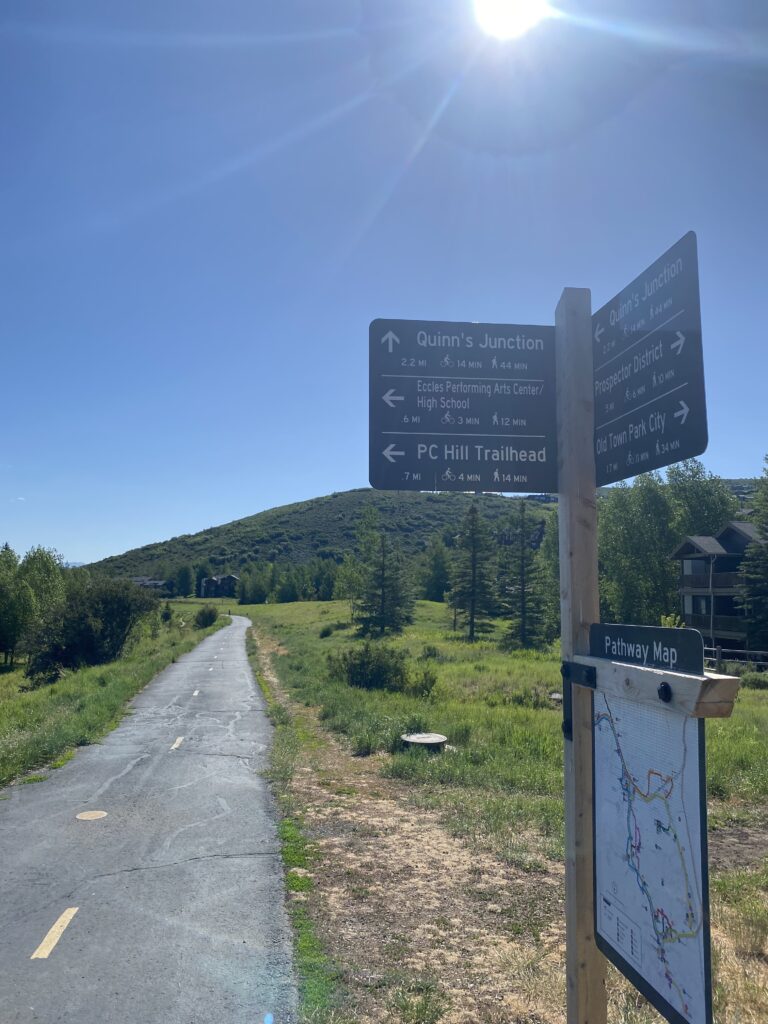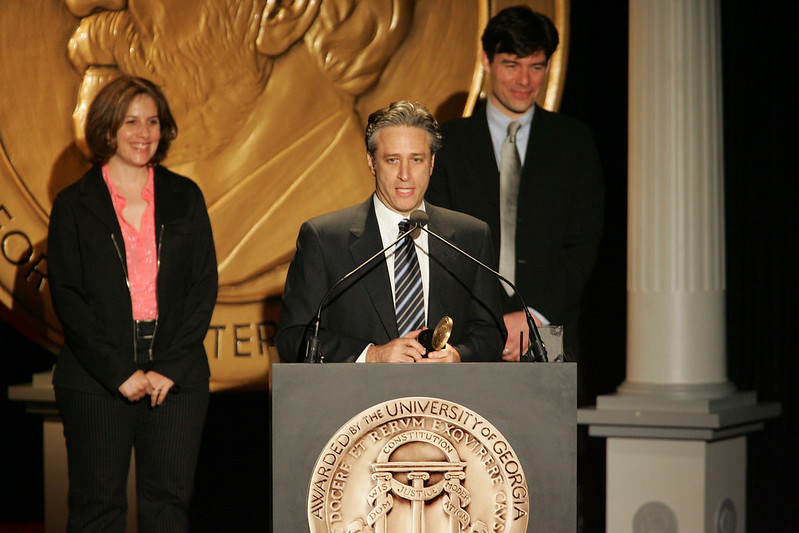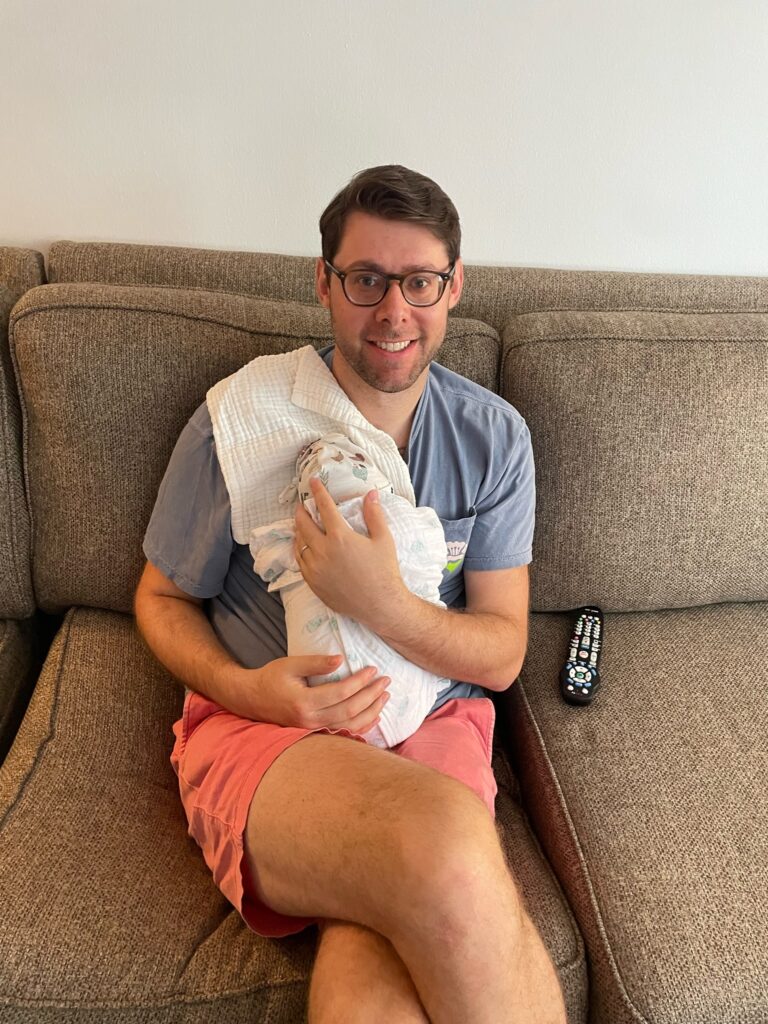
I did a stupid thing today.
I was driving down with my son to pick up my wife at the airport. It’s an easy drive — 35 minutes, especially on a low-traffic day like a Sunday. There was no one on the road when we left home. We left two hours early so I could run a few errands beforehand. I was already thinking about activities to fill all the extra time we might have.
The drive was going fine — until it wasn’t. About two miles before the highway exited the canyon out into Salt Lake City, we hit a standstill. What we didn’t know was that an 18-wheeler had crashed, and the road was completely closed. It would take officials nearly eight hours to re-open the road.
I almost always check Google Maps before we leave, just to make sure there’s no traffic to be aware of. Had I done that today, it would’ve re-routed me to an alternate road. That trip to Salt Lake would’ve taken an extra 15 minutes.
I didn’t, though.
Instead, we got stuck in traffic for over an hour. Luckily, after a whole lot of waiting, police were able to route smaller vehicles like mine over a bridge and to an alternate route. We did make it to the airport for pick-up — it just took two hours for what should’ve been a 35-minute trip. Even more luckily: My son napped through most of the traffic.
Still, it was a reminder: No matter matter how many times you’ve done something before, you still should go through your routine. A five-second check of Google Maps would’ve saved me 90 minutes.
Next time, even if it’s the 1,000th time I’ve done something, I’ll still make sure to check.
———
That’s the photo I took while stopped in the canyon on I-80 today. We saw a out of red lights for a very long time. I’m grateful we didn’t have to sit there for 8 hours — I’m not sure what we would’ve done!








